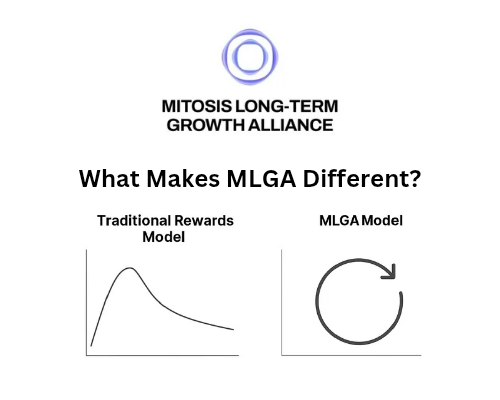4 Things Most People Don’t Know About Mitosis

The DeFi space is overflowing with protocols promising high APYs, multi-chain compatibility, and the next big yield strategy. But beneath the noise, Mitosis is quietly building the infrastructure that could reshape how liquidity moves and earns across blockchains.
HERE ARE 4 THINGS MOST PEOPLE DONT KNOW ABOUT MITOSIS
Your Assets Don’t Get Locked — They Get Upgraded
Most yield protocols require you to lock up your tokens, losing access while chasing returns. Mitosis changes this game completely.
When you deposit assets into Matrix Vaults,you receive:
- miAssets: tokenized LP positions you can trade or use elsewhere
- maAssets: staked vault tokens for deeper DeFi integrations
That means your liquidity is still movable, collateralizable, and composable, even while it’s earning. This is a big leap in capital efficiency and user freedom.

You Can Vote With Your Liquidity
With EOL (Ecosystem-Owned Liquidity), Mitosis allows liquidity providers to vote on where liquidity should go.
That means when you stake, you’re not just earning, you’re guiding where capital flows across the ecosystem. It’s a form of DeFi governance powered by liquidity, not politics.
This leads to smarter incentives, better alignment between users and protocols, and a deeper sense of ownership.

Stablecoins Now Has Their Own Vaults
Yield farming with volatile tokens isn’t for everyone. That’s why Mitosis introduced Zootosis Vaults, a new stablecoin-focused version of Matrix Vaults.
Now, users can deposit stablecoins like USDC, USDT, and USDe to earn programmable, composable yield without exposure to price swings.
Whether you’re risk-averse or just want consistent returns, Zootosis opens the door for low-volatility yield strategies with all the flexibility Mitosis is known for.

It’s Not Just DeFi — It’s Infrastructure
Mitosis isn’t trying to be the next farm, DEX, or lending protocol. It’s aiming to be the invisible layer powering all of them.
It’s building an entire liquidity infrastructure:
- Vanilla Assets to unify liquidity across chains
- Matrix Vaults to route capital programmatically
- Ecosystem-Owned Liquidity to align incentives
- Cross-chain compatibility with future-proof architecture
In the future, many protocols may plug into Mitosis to manage liquidity, deploy yield strategies, or offer users seamless multichain access all behind the scenes.

CAN MITOSIS BE A LEADING DEFI PROTOCOL FOR YIELD FARMING?
YES! Mitosis absolutely has the potential to be a leading DeFi protocol for good returns, and here's why, in simple terms:
- Yield Without Lockups
You earn while keeping your assets liquid. This flexibility means you can react to market changes without losing your yield.
- Composable Earning
With miAssets and maAssets, your yield-bearing positions can also be used in other DeFi strategies [meaning stacked returns].
- Ecosystem-Owned Liquidity (EOL)
Mitosis routes liquidity where it’s needed most, based on community votes. That creates sustainable, aligned yield, not just mercenary farming.
- Expanding to Stablecoins (Zootosis)
Stablecoin vaults open yield opportunities for low-risk users making Mitosis accessible to everyone, not just degen traders.
- Cross-Chain Power = More Opportunities
Mitosis isn't locked to one chain. It sources and allocates yield opportunities across ecosystems used for optimizing returns from the best markets.

CONCLUSION
Mitosis isn’t just another DeFi protocol. It’s a new paradigm for how liquidity is stored, used, and earned.
By removing the need to lock up funds, replacing bridges with native replication, and empowering users with composable assets and voting rights, Mitosis is quietly building the backbone of a better, more connected DeFi world.

Stay tuned as the protocol continues to evolve, especially with mainnet just around the corner.

Comments ()